7 Proven Strategies to Extend the Service Life of Mud Pump Valve Seats
Mar 22, 2024
Introduction:
Mud pump valve seats are essential components in drilling operations, ensuring the smooth flow of drilling fluids under demanding conditions. However, frequent wear and tear can lead to premature replacement, causing downtime and increased costs. In this blog post, we'll explore seven effective strategies to maximize the service life of mud pump valve seats, helping you optimize operational efficiency and minimize maintenance expenses.
Keywords: mud pump valve seats, service life extension, valve seat maintenance, drilling operations
1. Choose the Right Valve Seat Material:
- Selecting the appropriate valve seat material is crucial for longevity. Consider factors such as temperature, pressure, and fluid composition to choose between rubber, polyurethane, or steel valve seats.
2. Implement Proper Installation Techniques:
- Ensure that mud pump valve seats are installed correctly, following manufacturer guidelines and recommendations. Proper installation prevents premature wear and ensures optimal performance.
3. Maintain Optimal Operating Conditions:
- Monitor and maintain optimal operating conditions, including fluid viscosity, temperature, and pressure. Operating within recommended parameters reduces stress on valve seats and prolongs their service life.
4. Conduct Regular Inspections:
- Schedule routine inspections to detect early signs of wear, erosion, or damage to mud pump valve seats. Prompt identification allows for timely maintenance or replacement, preventing costly downtime.
5. Clean Valve Seats Regularly:
- Develop a cleaning schedule to remove debris, solids, and contaminants from mud pump valve seats. Clean seats facilitate proper sealing and prevent abrasive particles from accelerating wear.
6. Use Protective Coatings or Liners:
- Consider applying protective coatings or liners to mud pump valve seats to enhance their resistance to abrasion, corrosion, and erosion. These coatings can significantly extend the service life of valve seats in harsh drilling environments.
7. Train Personnel on Maintenance Best Practices:
- Provide comprehensive training to drilling personnel on proper maintenance procedures for mud pump valve seats. Educated operators can identify issues early, perform maintenance tasks effectively, and contribute to prolonged service life.
Conclusion:
Maximizing the service life of mud pump valve seats is essential for optimizing drilling operations and minimizing downtime and maintenance costs. By implementing the seven strategies outlined in this blog post – including selecting the right materials, proper installation, maintenance, and personnel training – drilling professionals can extend the lifespan of valve seats and ensure consistent performance in challenging environments. Incorporating these practices into your maintenance regimen will not only improve operational efficiency but also contribute to long-term cost savings and enhanced productivity.
By incorporating relevant keywords and optimizing your content for search engines, such as Google, you can increase the visibility of this blog post to your target audience, attracting readers interested in maximizing the service life of mud pump valve seats through effective SEO practices.
Read More




 Language :
Language : English
English Русский
Русский عربي
عربي
 GET A QUOTE
GET A QUOTE

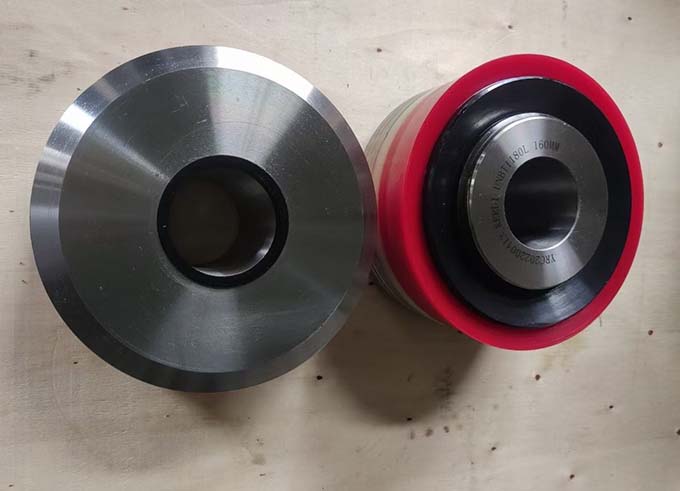
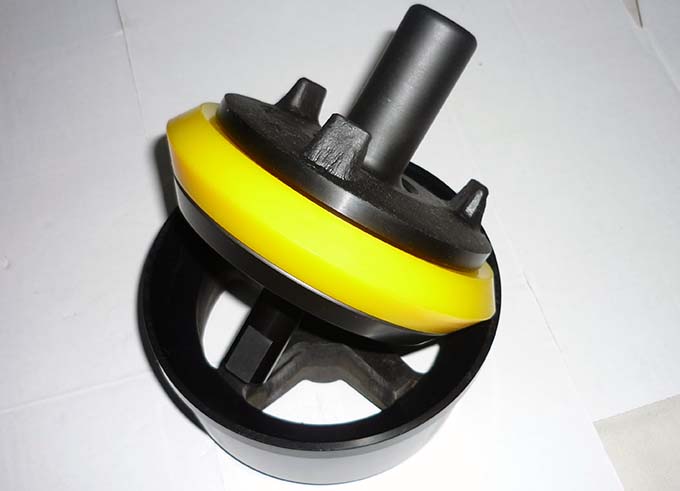
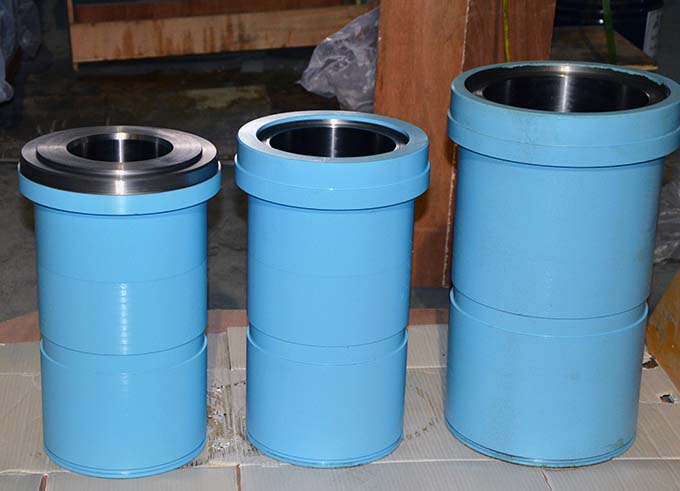
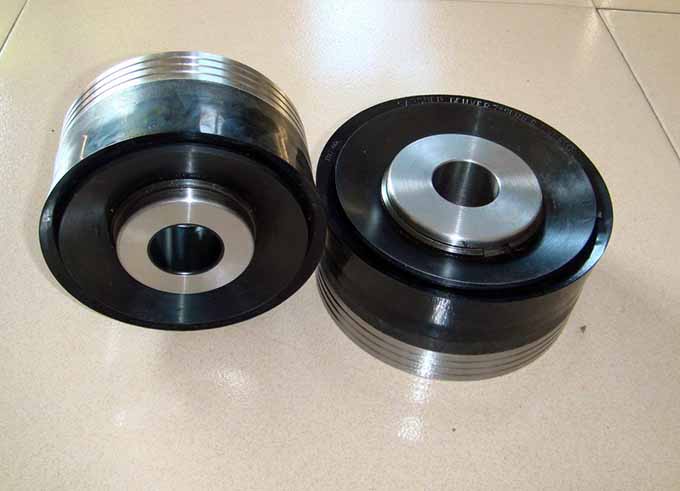
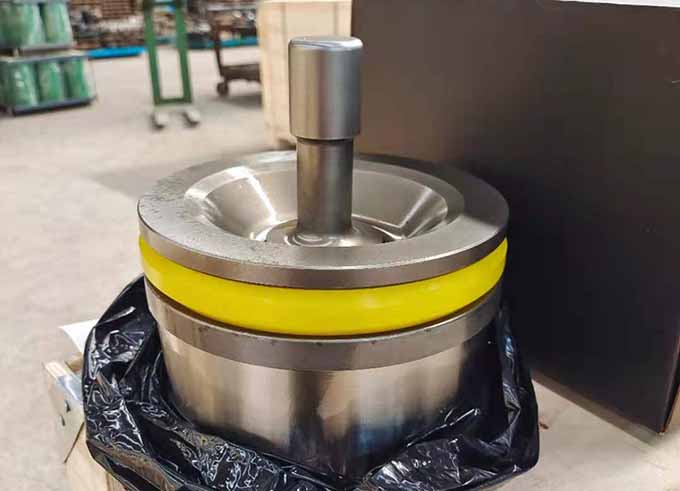
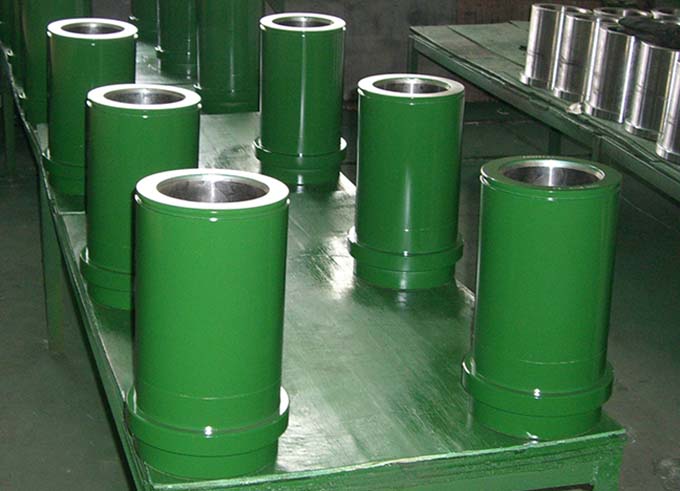
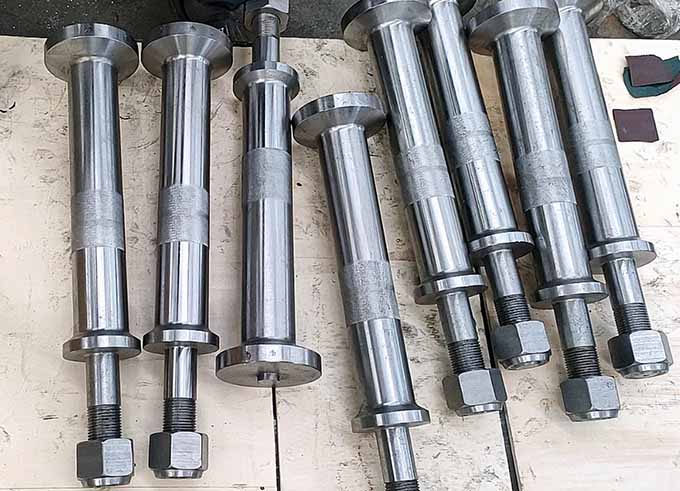
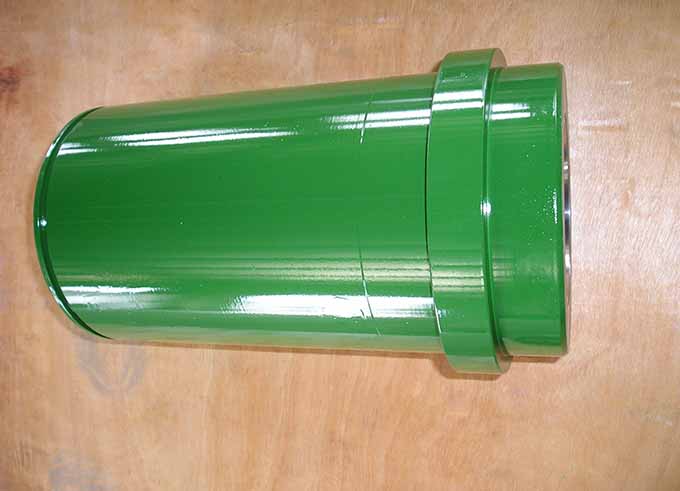
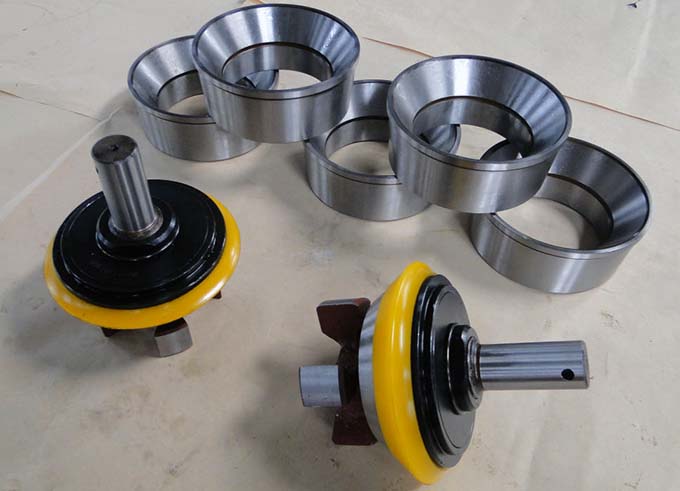
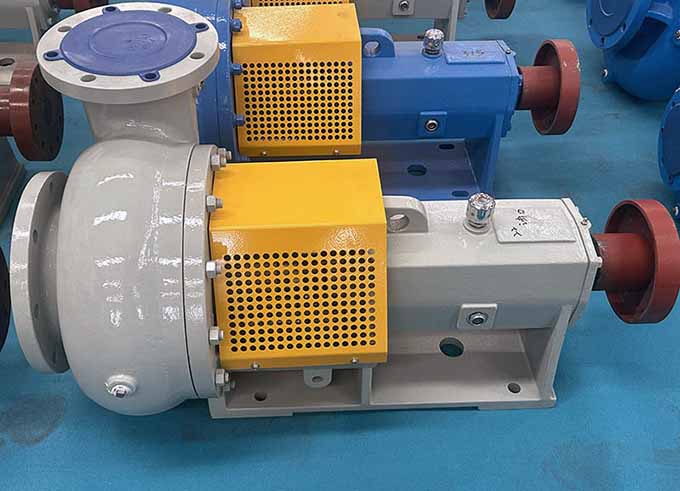
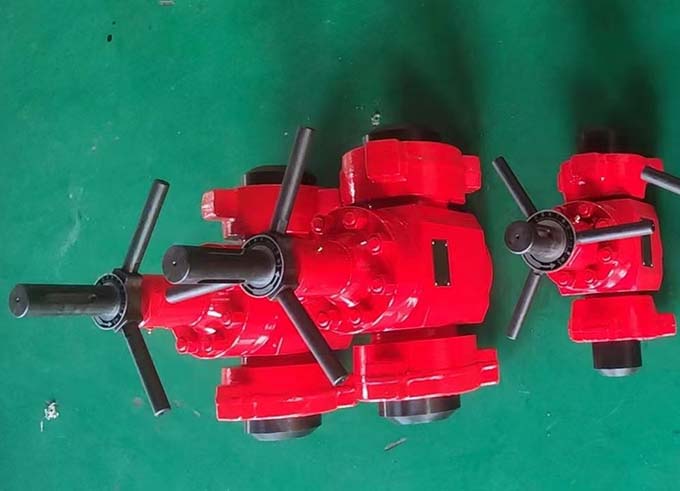

 IPv6 network supported
IPv6 network supported